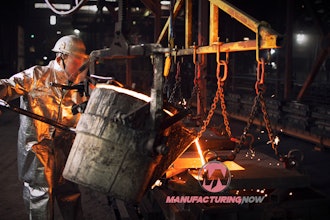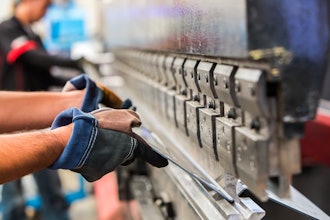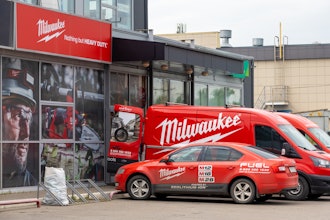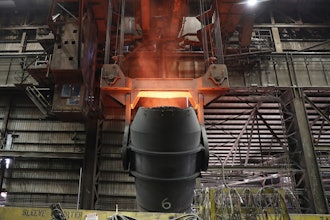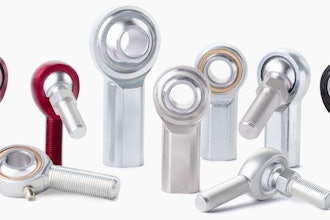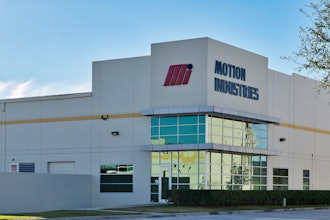
Earlier this year, Bossard Group signed an agreement to acquire the French Aero Negoce International Group, a distributor of fastening solutions and provider of logistics services in the aerospace industry with locations in France, the U.S. and Malaysia. At the time, Bossard said the deal would “significantly expand its market presence in the strategically important aerospace industry and in France.” Combined with the 2019 addition of Boysen – now Bossard Aerospace Germany – Bossard said it looks forward to becoming “a leading distributor of fastening systems and provider of logistics services in the European aerospace industry.”
Words like “systems” and “services” are perhaps the most pointed here, referring to the changing shape of the fastener industry and how its leaders are adapting to customer needs.
Determined to serve as more than just a parts warehouse, Bossard Inc., the North American arm of Bossard Group, has added innovative fastening technologies to its portfolio over the years — sweetening the deal for customers who once considered fasteners mere nuts and bolts.
Commodity selling is a thing of the past, according to a team of Bossard product experts and engineers that recently spoke with Industrial Distribution in advance of the company’s IMTS product exhibit in Chicago.
At the event, the Bossard team showcased several capabilities, including its Smart Factory Assembly, Smart Factory Logistics Wireless Scale System and quality assurance solutions.
Smart Tech
According to Doug Jones, application engineer manager for Bossard, “customers are looking for more from their fastener suppliers than just nuts and bolts.” Bossard believes it shines when it comes to services as well as its breadth of technical staff, providing the know-how to assess and provide feedback at customer sites.
This can take the form of new technologies that can measure clamp load in a joint, where “we can go into a customer [operation] and make sure their joint design doesn’t fail. We have the capability to help them gain confidence in their design.”
Scott Hunt, expert in the Smart Factory logistics product category, agrees that many customers these days are looking for more than just a supplier who can fill a bin. He harkened back to changes that took place during the pandemic, when shortages led to some hard lessons for customers.
“We’re finding a lot of customers are now more concerned about inventory accuracy because they found out their systems weren’t accurate,” said Hunt.
One of the solutions Bossard has brought to the table is its scale system — technology that continues to evolve to support the modern factory. Bossard says the system, which automates inventory tracking, eliminates the need for manual orders and saves up to 1,800 working hours annually. According to Hunt, multiple sizes of scales – all the way up to pallet size – are equipped with sensors that capture weight data and send it to the cloud, where it can be meaningfully applied to inventory management. Additionally, the company’s smart labels pair with bins in order to showcase, on digital labels, order status, so a user can automatically know if a low-stock item is on order and when it’s expected to arrive.
Industry 5.0
In support of another workplace trend, Bossard has provided tools to help customers operate paperless factories. One of these methods leverages digital work instructions. According to Eric Boyson of Bossard’s SmartFactory Assembly team, these enable the person who is assembling a product to follow specific, step-by-step instructions to ensure proper procedures.
Because the system is digital, it offers some unique Industry 5.0-type benefits. For example, said Boyson, “users can hook up tools, like a torque wrench, to the system to approve [that] the part has met a certain torque and the information is stored.” Because of the digital paper trail, customers can look back in the event of a problem, to confirm the item was torqued to spec. Not to mention, customers can make their own instructions and test their designs before sending them out to the floor in just a few clicks. Bossard believes the flexibility provided by digitized work instructions can reduce the overall time and effort required for training, while still supporting the individual needs of operators, ultimately leading to “peace of mind” for workers.
Lastly, Jones stresses the importance of testing technology. Bossard uses ultrasonic measurement of bolts, something he says is not new but remains highly accurate and useful technology that’s not always being deployed at customer sites. The big benefit, said Jones, is “we can measure the length of bolts before and after they tighten them down, without having to make any changes to the joint. It helps the engineers understand that they have the proper clamp load, which contributes to the longevity of the assembly. Oftentimes, we come in when the customer is having problems — we can help figure out what’s going on with that joint and how to solve that problem.”












